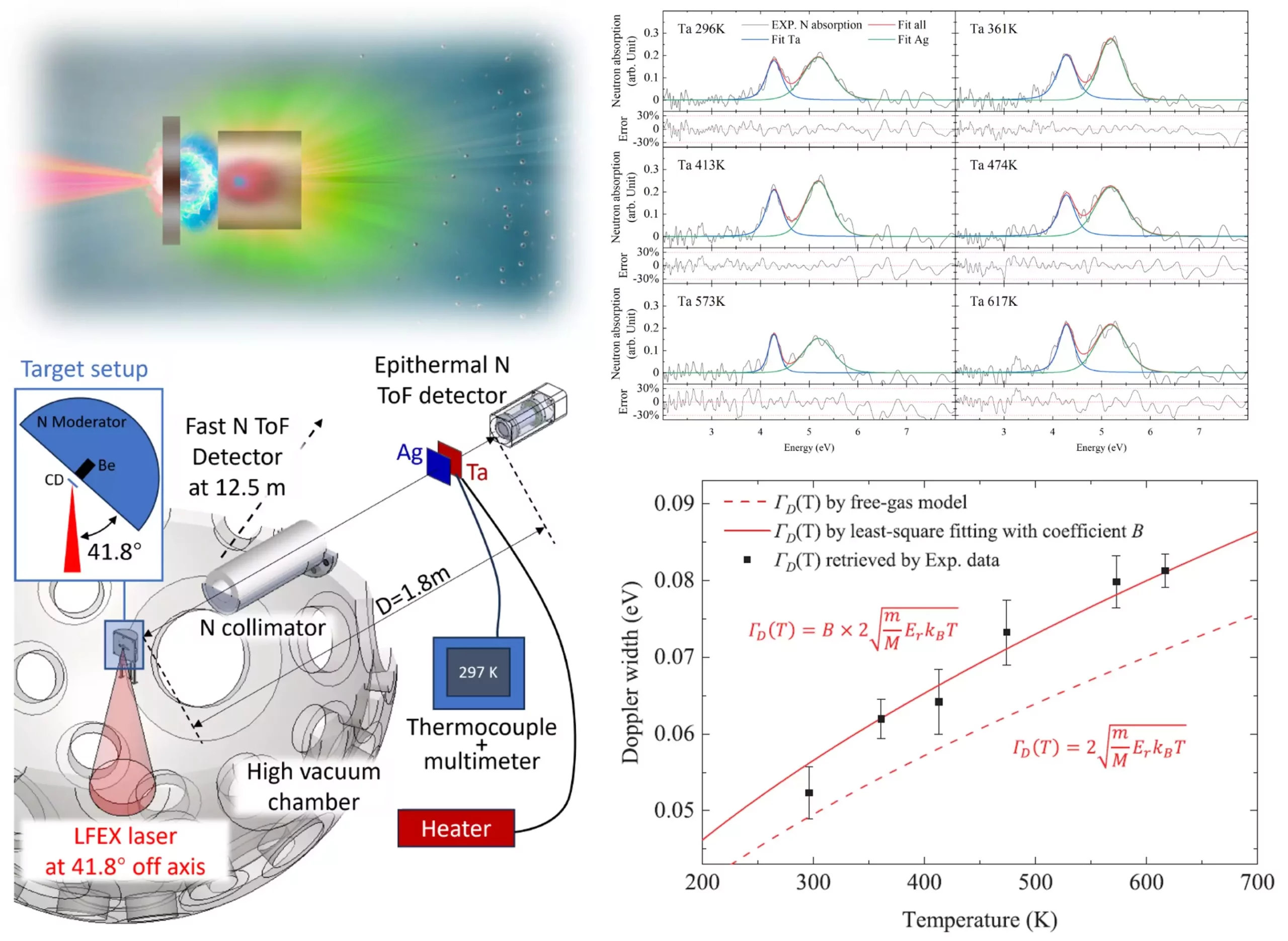As we immerse ourselves further into an era dominated by technology, the need for precise and efficient measurement methods becomes paramount. Electronics infiltrate nearly every aspect of our lives—from small gadgets like smartphones to large-scale machinery in industries. With the miniaturization of components and a drive for enhanced performance, the ability to measure temperature accurately within these intricate systems presents a significant challenge. Temperature, after all, is a critical factor influencing both performance and longevity. However, traditional techniques often lag in providing real-time and precise data.
A Breakthrough with Neutrons
Recently, a groundbreaking study orchestrated by researchers at Osaka University has introduced a cutting-edge approach utilizing neutron resonance absorption (NRA) to tackle this pressing issue. This innovative technique offers a direct, instantaneous means to measure temperature, offering insights that could revolutionize the design and reliability of electronic devices. Instead of relying on estimations or indirect methods, this new strategy captures the essence of temperature fluctuation with remarkable precision and speed.
By focusing on neutron behavior at atomic energy levels, researchers can glean extensive information about the materials they study. Specifically, they generate neutrons using high-intensity laser beams, subsequently decelerating them to low energy before subjecting samples to analysis. The implication here is profound: as the temperature of the sample changes, the response in the temporal signal reveals crucial data, functioning as both a thermometer and a diagnostic tool.
Speed and Efficiency Redefined
What sets this method apart is its astonishing capability to acquire temperature data within 100 nanoseconds—an astonishing speed that translates to one ten-millionth of a second. This rapid measurement is not merely an impressive feat; it fundamentally alters our perspective on real-time monitoring of materials. In a field where even small deviations in temperature can lead to significant issues, the ability to gauge such fluctuations in almost real-time opens doors to unparalleled insights.
As Zechen Lan, the lead author, aptly notes, the non-destructive nature of this technique allows for seamless monitoring of devices like batteries and semiconductors without compromising their integrity. For engineers and scientists, the implications are vast; they can now observe thermal behavior under operational conditions, enhancing our understanding of material performance.
Compact and Accessible Measurement Devices
Beyond the methodological advancements, perhaps one of the most exciting aspects of this study is the compact nature of the measurement devices developed by the research team. Knowing that this new technology is approximately one-tenth the size of conventional systems means that laboratories worldwide can adopt this innovative solution without extensive overhauls. Accessibility is often a roadblock in scientific advancements, but this research not only provides a stellar method of measurement but also democratizes it, enabling broader usage.
The high temporal resolution and reduced size of the equipment symbolize more than technical prowess; they signify an evolution in electronics testing. As Akifumi Yogo, the senior author, emphasizes, understanding normal operating conditions and identifying anomalies has never been more achievable.
A Future Built on Precision
This progress in temperature measurement techniques promises a robust future for electronic innovation. With technology continuously advancing at a staggering pace, the application of the NRA methodology could extend beyond mere measurement. It paves the way for improved designs in electronics and materials science, encouraging a new generation of devices tailored to meet stringent performance standards.
As researchers build upon these foundational findings, we may begin to see ripple effects in various sectors—from consumer electronics to aerospace engineering. This transformative approach not only enhances our fundamental understanding of material sciences but also encourages a culture of precision and reliability in technological development.
As industries embrace these advancements, a new paragon of electronic efficiency could emerge, optimizing performance and extending the life of devices. The future beckons, filled with opportunities for innovation heralded by real-time insights into material characteristics and behaviors, marking a significant milestone in our quest for enhanced technological excellence.


Leave a Reply